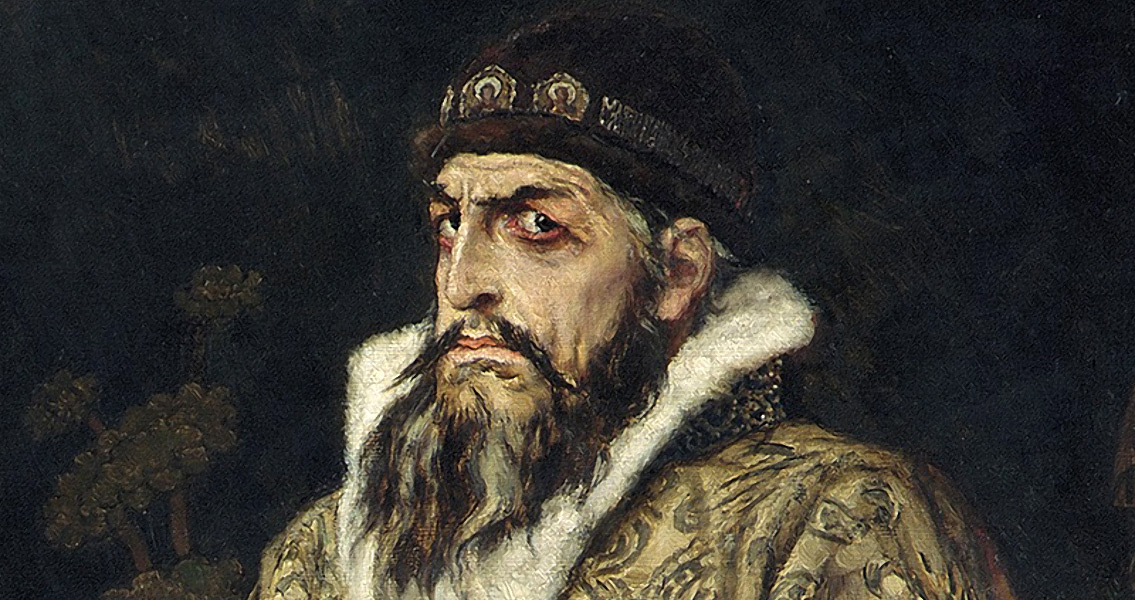<![CDATA[Archaeologists working beneath a Moscow street have uncovered a secret spy chamber. Constructed during the sixteenth century by Ivan the Terrible’s mother, Elena Glinskaya, the room was designed specifically to allow the Russians to spy on an enemy by eavesdropping through a wall. The room was located underneath a wall that was initially constructed as a fortification to protect the city from Polish and Tatar raids. More than 2.5 kilometers-long with 12 towers at the time of construction, only small fragments of the wall remain today. Archaeologists believe the secret spy room was last used in the seventeenth century during Russia’s war with the Poles, who occupied Kitay-gorod at one point, one of the oldest areas in Moscow. Used in peace time to store food supplies, the vaulted walls of the room helped create a special acoustic effect which allowed sounds from outside to be clearly heard. Separated from the Kremlin by Red Square, Kitay-gorod, also known as the Great Possad during the sixteenth and seventeenth centuries, is a historical and cultural area in central Moscow. It’s defined by the remnants of the almost entirely razed fortifications, as well as its narrow streets and densely built cityscape. The walls were built between 1536 and 1539, during the reign of Ivan the Terrible, by an Italian architect, and originally featured towers and six gates. As thick as they were tall, six meters on average in both dimensions, the last remaining tower was demolished in the 1930s. “The [Kitay-gorod] Wall differs a lot from the Kremlin Wall as a fortification, because it was used to defend against firearms,” Leonid Kondrashev, Moscow's chief archaeologist, told RT’s Ruptly news agency. Ivan IV Vasilyevich, also known as Ivan the Terrible, was the Grand Prince of Moscow between 1533 and 1547. During his reign, Russia conquered several neighboring regions to become a multicontinental and multiethnic state that spanned approximately 4,050,000 square kilometers (1,560,000 square miles). Historic sources offer dissimilar accounts of Ivan’s character. He’s often described as devout and intelligent, and a patron of the arts and trade (he established Russia’s first publishing house), yet he was prone to rages and episodic periods of mental instability that grew more common as he aged. During one such outburst, he reportedly killed his second son and heir Ivan Ivanovich during a heated argument that resulted in Ivan Vasilyevich striking him in the head with a pointed staff. In total, archeologists recovered approximately 150 artifacts dating back to between the sixteenth and nineteenth centuries, the majority of which are eighteenth and nineteenth century ceramics, including fragments of bowls and pots, as well as an intact ceramic cup. Trade sealing marks made of lead, 12 copper coins, nails, and iron knives were also recovered from the room. Experts are currently considering whether the room should be opened up for the public to see or preserved as it is. ]]>
Construction Work Reveals Russian Spy Room
